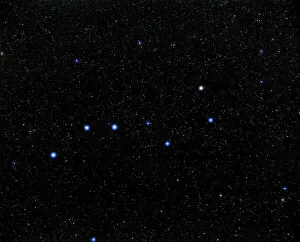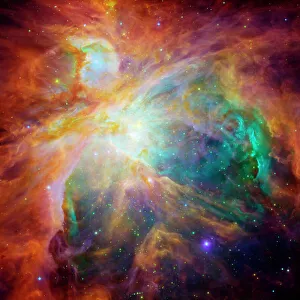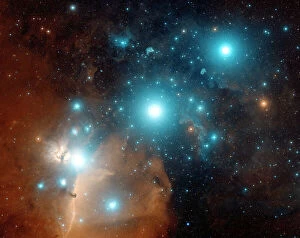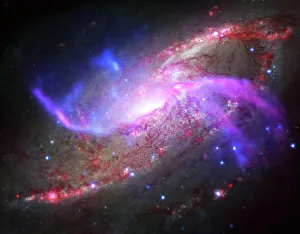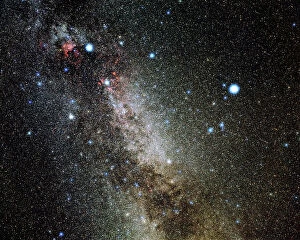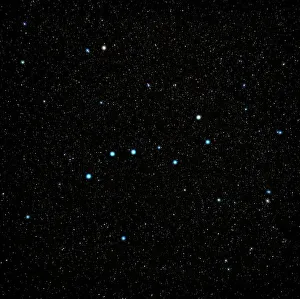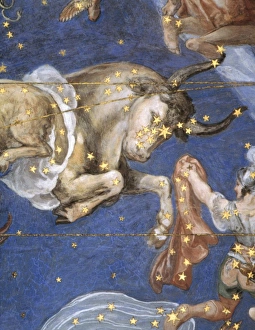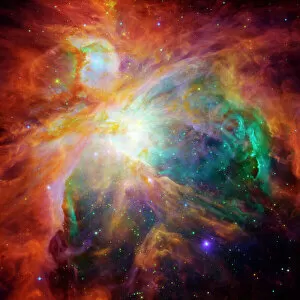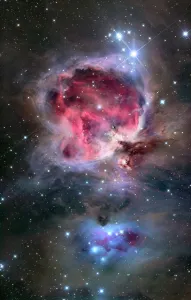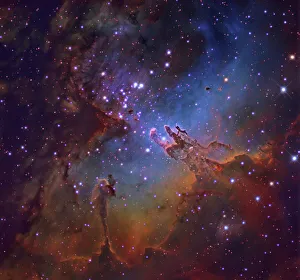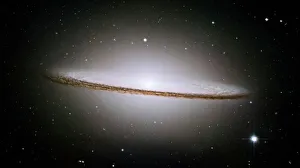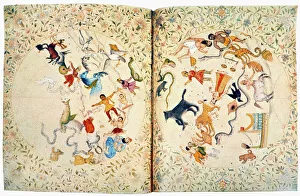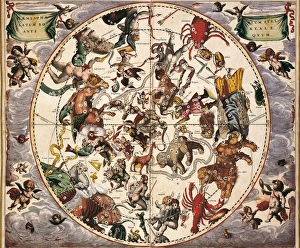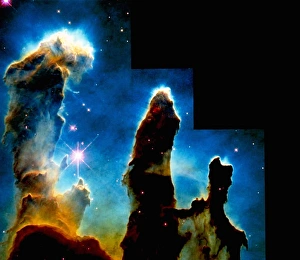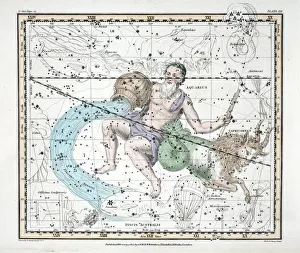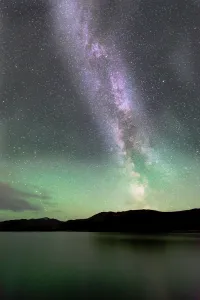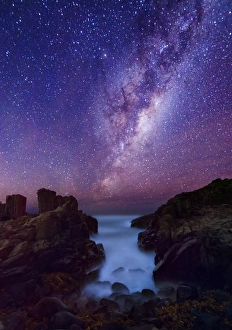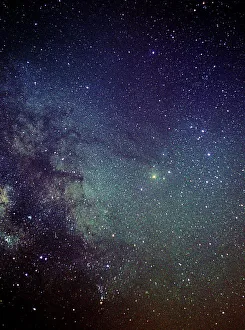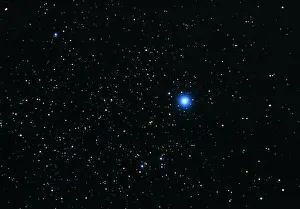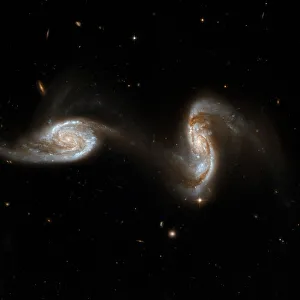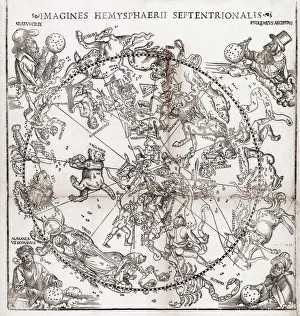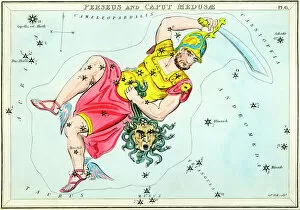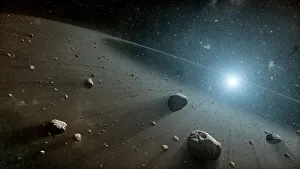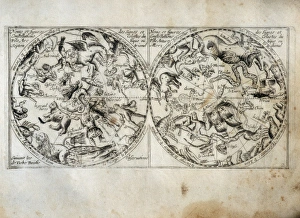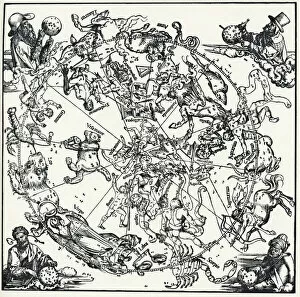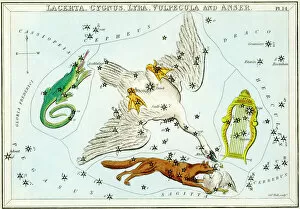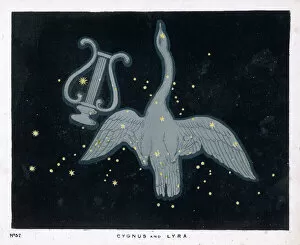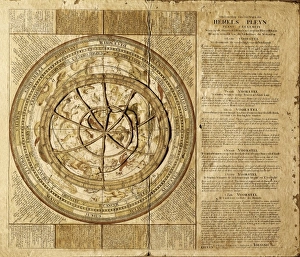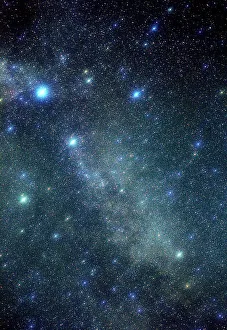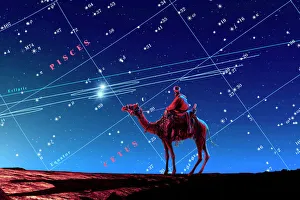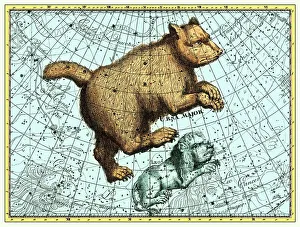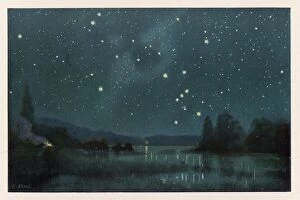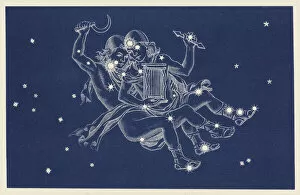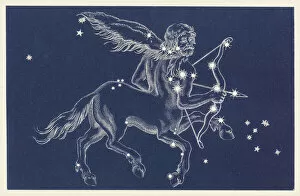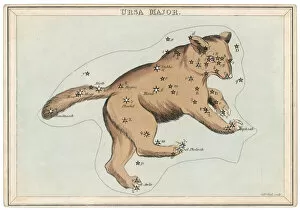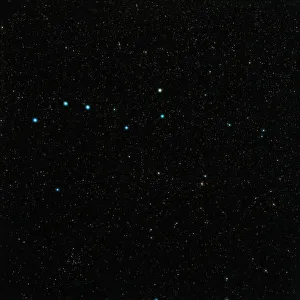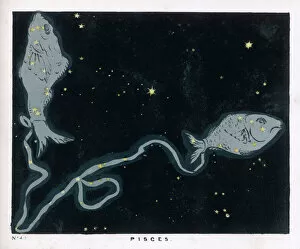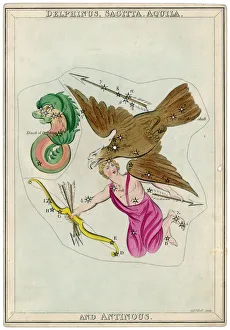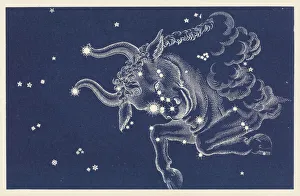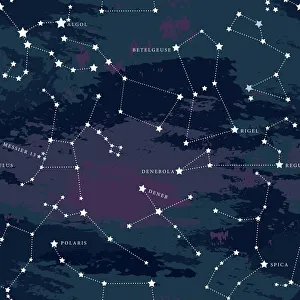Constellation Collection
Gazing up at the night sky, we are reminded of the vastness and beauty of the universe
All Professionally Made to Order for Quick Shipping
Gazing up at the night sky, we are reminded of the vastness and beauty of the universe. Amongst the countless stars that twinkle above us, constellations stand out as celestial works of art. One such the Plough asterism in Ursa Major, also known as the Big Dipper. Its distinctive shape has guided travelers for centuries, serving as a navigational tool across land and sea. Orion's Belt is another prominent feature in our night sky. This trio of stars forms part of Orion, one of the most recognizable constellations worldwide. Just below it lies the breathtaking Orion Nebula, a stellar nursery where new stars are born. In 1957, amidst this cosmic backdrop, Lockheed 1049G Super Constellation TWA soared over New York City. A marvel of aviation engineering at its time, this aircraft symbolized human ingenuity reaching for the skies. Venturing southward brings us to Crux or Southern Cross (Kranz), a constellation visible from southern latitudes that holds cultural significance for many civilizations throughout history. Cygnus and Lyra constellations grace our nights with their ethereal presence. Cygnus represents a graceful swan gliding through space while Lyra depicts an ancient musical instrument - both captivating observers with their enchanting allure. Stepping into history reveals a glimpse into the cockpit and crew quarters of a Lockheed Constellation aircraft - pioneers who fearlessly explored uncharted territories high above Earth's surface. The mighty hunter Orion dominates our imagination with his belt and sword shining brightly against an ink-black canvas. Legends tell tales of his bravery and strength immortalized among these glittering stars. Captured through an optical lens adorned with star filters, Sirius sparkles like no other star in sight – illuminating our path on even the darkest nights. Scorpius scuttles across our celestial stage.

